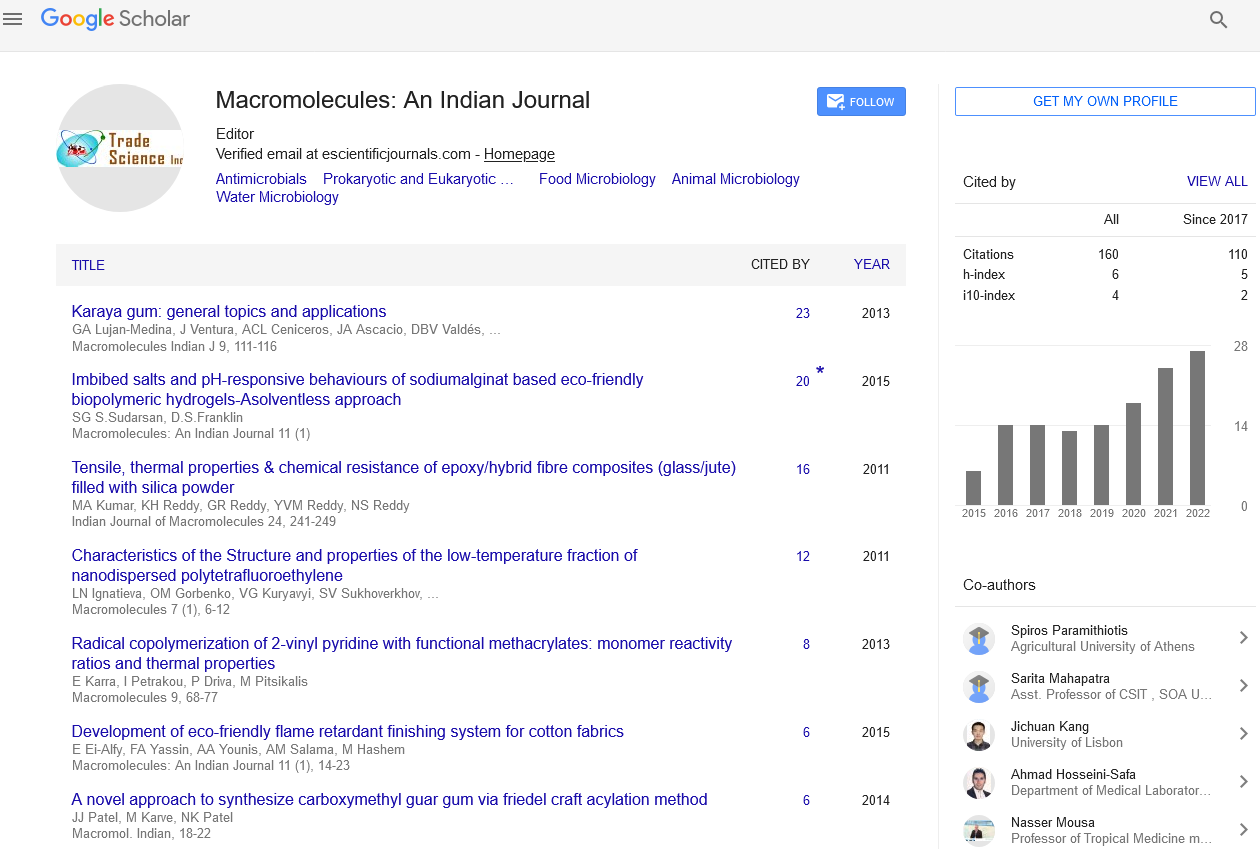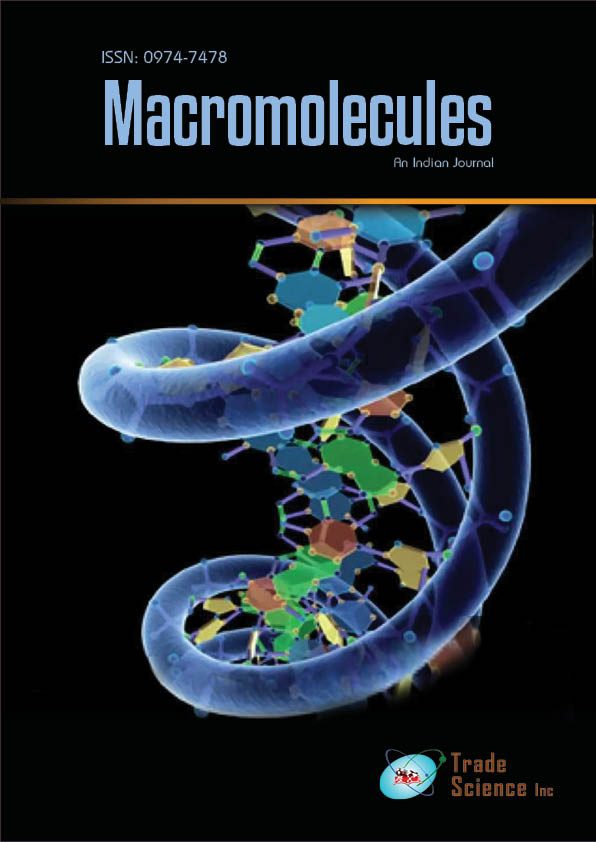Abstract
Towards a better understanding of the enigmatic biological function of plant lectin: Detection and identification of endogenous receptors for Erythrina indica seeds lectin
Author(s): Emadeldin Hassan E.Konozy, Shobhana V.BhideAlthough the studies on plant lectins have completed a century, their role in nature remained elusive. Erythrina indica seed lectin (EiSL) binding endogenous partners as well as those binding immobilized ConA from Erythrina indica seed extract (EiSE) have been studied, at different pHs values, using affinity chromatography on immobilized EiLS and ConA.At pH 7, fewer proteins bound EiLS very strongly involving sugar specific, ionic and hydrophobic interactions. However, at pH 4.6, (a pH closer to the in vivo conditions) good number of proteins interacted with EiLS solely by sugar specific interactions. Endogeneous receptors for EiSL were identified as glycosidases, acid phosphatase and or probably storage proteins. â- galactosidase which usually does not share with lectin the localization inside protein bodies, was weekly associated with EiSL, whereas hydrolytic enzymes such as á-galactosidase, á-mannosidase, N-acetyl-â-Dglucosaminidase and acid phosphatase, which are known to reside inside protein bodies, were strongly retained on immobilized EiSL. To test specificity of lectin-endogenous receptors interaction we immobilized Concanavalin A (ConA) the lectin from Canavalia ensiformis. Loading of EiSE on ConA-Speharose at pH 7.0 and subsequent elution of bound partners resulted in identification of several glycosidases that interacted with ConA by its sugar binding capacity. At pH 4.6, immobilized ConA could recognize receptors fromEiSE only by ionic interactions. These results are discussed on the context of anonymous biological significance of plant lectin.

